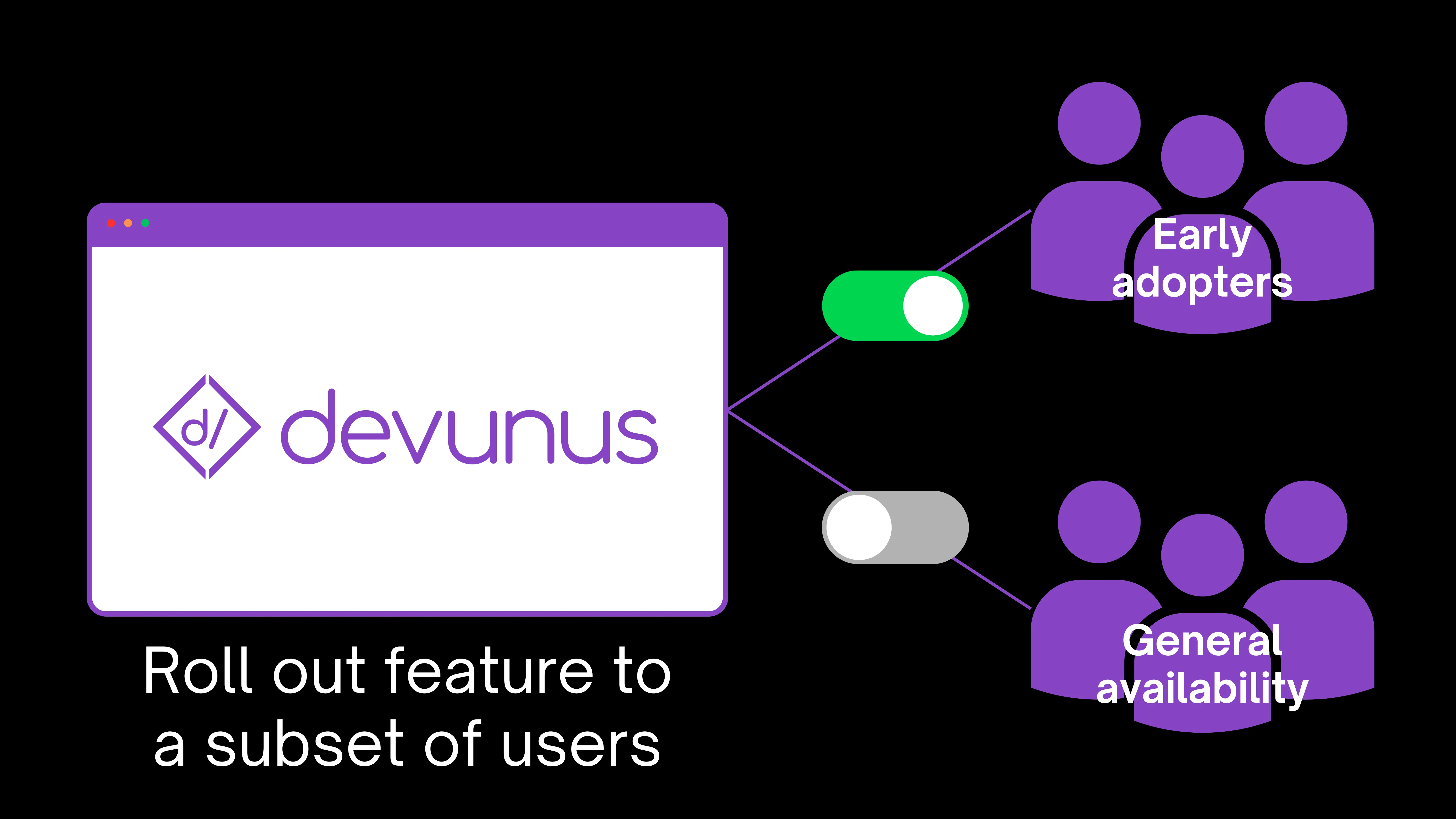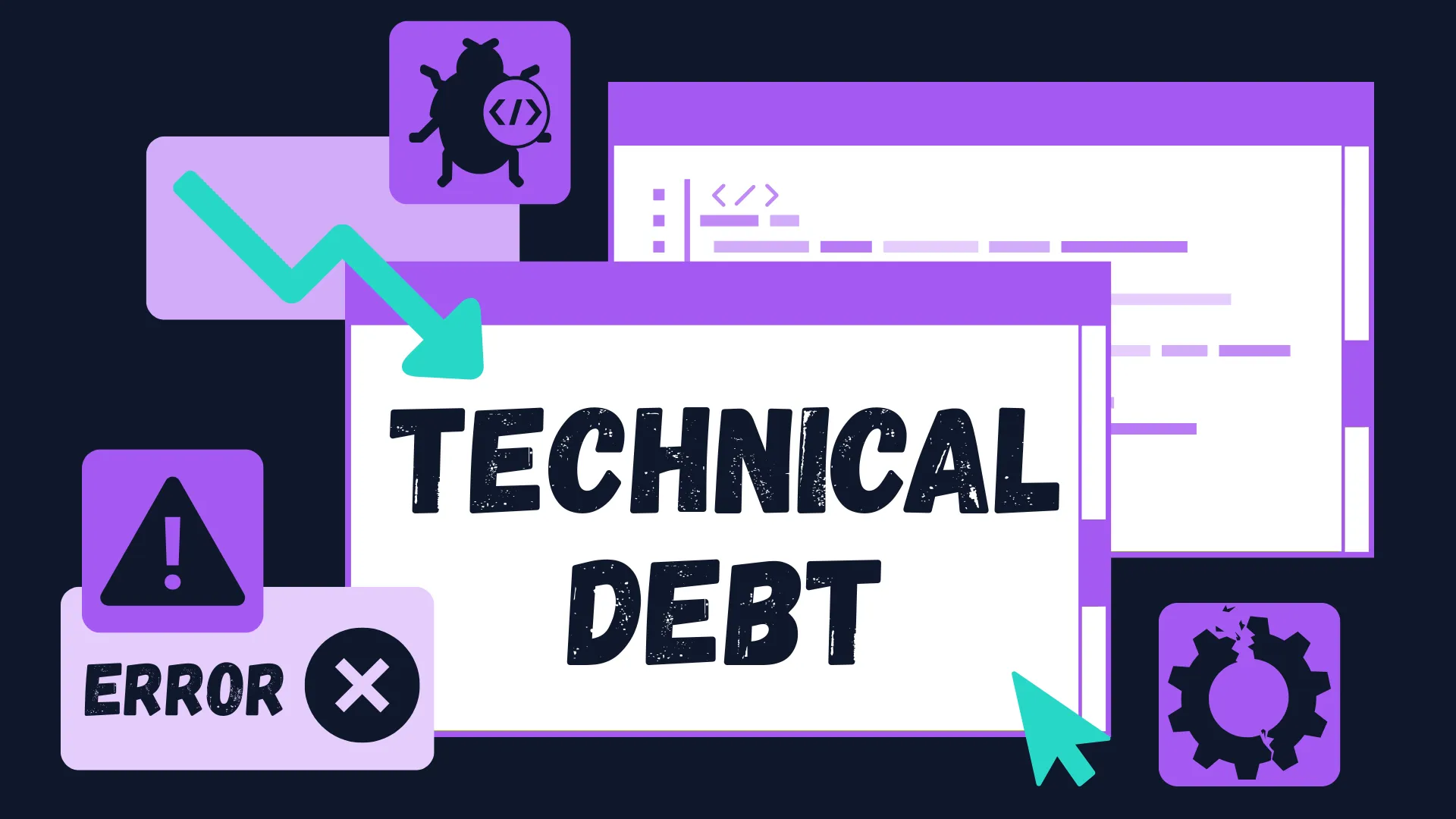SDLC Policy Template: Required Phases, Activities, and Deliverables
Concise SDLC policy defining phases, roles, mandatory activities, deliverables, and cross-cutting security and compliance requirements.

Every successful software project follows a structured approach to development. The Software Development Life Cycle (SDLC) provides this framework, ensuring that applications are built efficiently, securely, and meet both user needs and business requirements.
This SDLC policy defines required phases, activities, and deliverables for software changes. It applies to all products and services, including infrastructure-as-code, APIs, and user interfaces.
Whether you're a startup building your first product or an enterprise organization maintaining complex systems, understanding and implementing a proper SDLC is crucial for delivering quality software on time and within budget.
Purpose and Scope
Ensure consistent, secure, and compliant delivery of software changes through clearly defined phases, mandatory activities, and required deliverables. This policy applies to all engineers, product teams, and supporting functions.
Roles and Responsibilities
- product owner: owns business outcomes and acceptance criteria
- engineering lead: accountable for technical design and delivery
- security & compliance lead: ensures security by design, Zero Trust architecture, regulatory compliance, and AI/ML governance
- quality & reliability lead: defines validation strategy, testing coverage, observability, performance monitoring, and chaos engineering
- devops/sre: manages environments, releases, monitoring
SDLC Phases
While different organizations may use variations of the SDLC, most successful implementations include these core phases:
Phase 1: Plan and Design
Purpose: Define business outcomes and transform them into an implementable, secure design.
Mandatory Activities:
- Stakeholder interviews, requirements workshops, and acceptance criteria definition
- Feasibility and scope assessment; timeline and resourcing
- Risk assessment and mitigation planning
- Security requirements, threat modeling, and Zero Trust architecture principles
- System and data architecture design with declarative infrastructure patterns
- API/interface design and integration planning
- UX design and prototyping
- Continuous compliance planning with Policy-as-Code for Infrastructure as Code enforcement
Deliverables:
- Business requirements and acceptance criteria
- Functional and non-functional requirements
- Architecture documents (system, data, security, Zero Trust)
- API specifications and integration documentation
- UX wireframes/prototypes
- Project timeline/resource plan and risk register
- SLAs/SLOs targets for performance and availability
- Policy-as-Code definitions for IaC compliance enforcement
Suggested Paragraphs to Include:
Requirements and Acceptance Criteria: Summarize the approach to capturing user needs, defining acceptance criteria, and prioritizing scope. Include how changes are evaluated.
Architecture and Risks: Describe the target architecture, key design decisions, and principal risks with mitigations. Reference threat modeling outcomes and privacy considerations.
SLAs and Quality Attributes: State performance, availability, security, and privacy objectives that the solution must meet.
Continuous Compliance Strategy: Define Policy-as-Code requirements for Infrastructure as Code, including misconfiguration detection and automated compliance validation.
Phase 2: Implementation and Validation (Development + Testing)
Purpose: Build working increments and validate them continuously against requirements and quality standards.
Assumes an agile, iterative workflow with continuous integration and frequent, incremental delivery.
Mandatory Activities:
- Code development following secure coding standards
- Trunk-based development with daily commits and code reviews
- Unit, integration, and end-to-end automated testing
- API contract testing and schema validation
- Security implementation and verification (authn/z, input validation)
- Security testing (SAST, DAST, dependency scanning, secret scanning, penetration testing, CSPM, CWPP)
- Dependency integrity validation and vulnerability management
- Performance testing with modern tools (k6, Artillery) aligned to SLO/SLIs
- Feature flagging for incremental delivery and safe rollouts
- Documentation updates (developer docs, ADRs where applicable)
- Supply chain security (SBOM generation, lock files, vulnerability management)
- Full observability implementation (metrics, logs, traces, user behavior analytics)
- Error budget tracking tied to SLOs
Required Deliverables:
- Source code with documentation
- Automated test suites with execution reports and defect logs
- Security review outputs: code review notes, vulnerability findings, remediation status
- API specifications and contract validation results
- Performance test results and updated SLAs/SLOs
- Feature flag configuration and rollout plans
- SBOM and dependency lock files
- Observability dashboard configuration and error budget reports
- Secret scanning results and remediation status
Suggested Paragraphs to Include:
Development Standards: Outline coding standards, branching, reviews, and automated checks required before merge.
Testing Approach: Explain coverage expectations and the pyramid (unit, integration, end-to-end), test data management, contract testing, and modern performance testing tools (k6, Artillery).
Security and Performance: Note SAST/DAST cadence, dependency scanning, secret scanning, and performance thresholds tied to SLOs.
Observability and Reliability: Detail full observability implementation including metrics, logs, traces, user behavior analytics, and error budget management tied to SLOs.
Phase 3: Release and Deployment (DevOps/SRE)
Purpose: Deploy software to production safely and hand off to operations with proper monitoring and documentation.
Mandatory Activities:
- Production environment preparation and security hardening
- CI/CD pipeline implementation and automated deployments
- Infrastructure as Code (IaC) deployment with declarative infrastructure and configuration
- Progressive delivery with feature flags and rollback capability
- Security monitoring and alerting setup
- Post-deployment validation and health checks
- Handoff documentation and operational runbooks
- Full observability deployment (metrics, logs, traces, user behavior analytics)
- Error budget monitoring and alerting
Required Deliverables:
- Deployment plan and runbook
- CI/CD pipeline configuration and automation scripts
- Infrastructure as Code templates and configurations
- Production environment configuration and security baseline
- Feature flag rollout strategy and configuration
- Monitoring, alerting, and observability setup
- Operational documentation and handoff materials
- Post-deployment validation report
- Release closure documentation
- Error budget dashboard and alerting configuration
Suggested Paragraphs to Include:
Deployment Strategy: Describe your deployment approach (blue-green, canary, rolling) and progressive delivery using feature flags to minimize risk and enable safe rollouts.
Environment Management: Explain how production environments are provisioned, secured, and maintained consistently using declarative Infrastructure as Code with cloud-native security practices.
Monitoring and Handoff: Detail the monitoring strategy including application performance, error tracking, security events, full observability (metrics, logs, traces, user behavior analytics), error budget tracking, and how operations teams are equipped to support the deployed system.
Cross-Cutting Policy Requirements
- security and privacy by design: threat modeling, secure coding, least privilege, Zero Trust architecture, cloud-native security (CSPM, CWPP), encryption in transit and at rest, secret scanning, dependency integrity validation, and privacy impact assessment where applicable
- documentation and records: maintain required artifacts for each phase and retain according to records policy
- change management and approvals: peer review required for code; CAB review reserved for truly high-risk or production-impacting changes; rollback plans are mandatory
- compliance alignment: adhere to applicable frameworks (e.g., SOC 2, ISO 27001, HIPAA, PCI DSS, SOX); maintain data flow diagrams, access reviews, audit trails, and incident response procedures
- continuous compliance: implement Policy-as-Code for Infrastructure as Code enforcement, automated misconfiguration detection, and continuous compliance validation
- metrics and reviews: track release frequency, lead time, change failure rate, mean time to restore, security findings, and error budget consumption; conduct periodic SDLC effectiveness reviews
- exceptions: deviations require documented risk acceptance and approval by the security & compliance lead and engineering leadership
Compliance Considerations and SDLC Impact
SOC 2
What it is: Framework for managing customer data based on five trust service criteria: Security, Availability, Processing Integrity, Confidentiality, and Privacy.
- impact on SDLC: require documented data flows, access control reviews, change management with approvals/rollback, incident response runbooks, and availability/performance SLAs.
ISO 27001
What it is: International standard for information security management systems (ISMS).
- impact on SDLC: maintain risk assessments and treatment plans, configuration baselines, secure change control, and periodic control effectiveness reviews.
HIPAA
What it is: US healthcare regulation protecting patient health information (PHI).
- impact on SDLC: privacy impact assessments, minimum necessary access, audit logging, encryption, BAAs for vendors, and breach notification procedures.
PCI DSS
What it is: Security standard for organizations handling credit card transactions.
- impact on SDLC: scope/segmentation for CDE, vulnerability scanning, penetration testing cadence, and strict change control for in-scope systems.
SOX
What it is: US regulation ensuring accuracy and reliability of corporate financial reporting.
- impact on SDLC: segregation of duties, change control for financial systems, complete audit trails, and periodic access reviews.
Conclusion
This policy defines a lean, agile SDLC with clear phases, mandatory activities, and required deliverables, reinforced by security, quality, and compliance expectations. Apply these requirements to every change and review metrics to continuously improve.
Related Articles

What Are the Benefits of Feature Flags? A Complete Guide for Developers
By integrating feature flags, teams can manage and roll out new features with unprecedented precision and control, enabling a more agile, responsive development process.

Common Technical Debt Issues and Strategies to Improve Them
A comprehensive guide to identifying, understanding, and resolving the most common technical debt patterns in software development